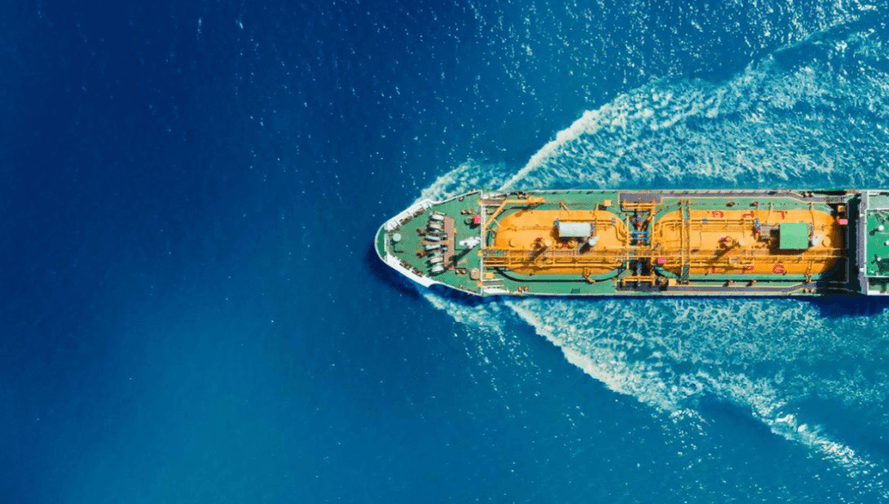No shelter from the storm
ASEAN’s businesses and policymakers need to recalibrate their strategies in response to fresh challenges from Trump 2.0’s aggressive tariff stance.

Originally published in The Business Times.
Donald Trump’s return to the political stage, complete with sweeping, across-the-board tariffs, has added another layer of complexity to the global trade environment. Asean economies, tightly woven into global supply chains and dependent on external demand, are now grappling with the implications of “Liberation Day” tariffs that go further and deeper than many had anticipated.
The newly unveiled measures include a blanket 10 per cent duty and even steeper tariffs on countries deemed to have significant trade surpluses with the US. President Trump has since announced a 90-day pause on the implementation of higher tariffs on countries other than China. Trade negotiations are ongoing, but regardless, Asean economies must brace themselves for broader trade disruptions and heightened uncertainty.
Wider and deeper impact
Compared with his first term, the Trump 2.0 tariffs are more indiscriminate, abrupt and harsh. While Trump 1.0 was largely aimed at reducing the US-China trade deficit, this new version seeks to raise revenue and bring some industries back onshore, notably semiconductors and other high-value sectors.
Based on our estimates, Vietnam is likely to be the most affected by reciprocal tariffs, followed by Thailand and Malaysia. These countries are deeply integrated into supply chains that serve the US market, especially in electronics and machinery. Vietnam faces a 46 per cent reciprocal tariff, while Thailand and Malaysia have been hit with tariffs of 36 per cent and 24 per cent, respectively, reflecting their substantial trade surpluses with the US and high exposure to export-driven manufacturing sectors.
Importantly, our current assessment does not even account for second-order effects such as falling final demand from trading partners. These could amplify the impact, especially for economies such as Singapore, which is highly dependent on external demand.
Policy pivots in play
With growth expectations now revised lower, monetary policy responses across the region have already started to shift. We anticipate more easing from several central banks in Asean.
The Monetary Authority of Singapore (MAS) eased policy in April, in line with expectations. The central banks of the Philippines and Thailand cut their policy rates by 25 basis points in April; we expect further cuts from both, and also from Malaysia. Despite the 90-day tariff pause, the damage to growth sentiment is likely to require further monetary policy support.
While the US may face higher inflation due to the tariffs, the situation may be different for Asean. A potential influx of lower-priced Chinese goods to the region would not just lower imported inflation but would also put pressure on local manufacturers serving a domestic customer base.
Realigning businesses
For businesses, Trump’s new trade regime is prompting a rethink of operations and investment timelines. While companies with diversified supply chains may be able to shift their production mix in the short term, larger and more long-term investments are likely to be delayed until greater clarity emerges on the US stance.
In the meantime, governments in the region have adopted a diplomatic, negotiation-driven approach. We believe this is the most viable path forward, particularly as blanket retaliation could further damage already-fragile trade flows.
At Standard Chartered, we have been working closely with clients across Asean to help them navigate these shifting dynamics. From recalibrating currency risk exposure to assessing new market opportunities and setting up alternative production hubs, we have supported our clients in making informed, forward-looking decisions.
Much remains fluid. Some trade disputes may evolve into negotiations, and tariffs could be scaled back. But businesses and governments alike must prepare for a scenario where protectionism becomes a more entrenched feature of global trade.
For policymakers, this means ensuring fiscal and monetary flexibility and diversifying export destinations, while enhancing economic resilience through regional integration and domestic consumption. For corporates, it requires building agility into supply chains and remaining alert to shifts in trade policy – not just from the US, but from other major economies as well.
Asean’s growth model has long been underpinned by openness, adaptability, and global trade integration. While that model is now being tested, the current situation also presents an opportunity for the region to strengthen its markets, deepen regional trade links, form new trade corridors, and bolster its case as a stable and strategic partner for global businesses.
As developments continue to unfold, our focus remains on helping clients navigate the uncertainty with clear insights and actionable strategies. The road ahead may be turbulent, but with the right tools and partnerships, Asean’s economic journey can stay on course.
Why Chinese dividend stocks are worth considering for 2026
The stocks have consistently delivered attractive returns over the past five years – making them a good portfoli…